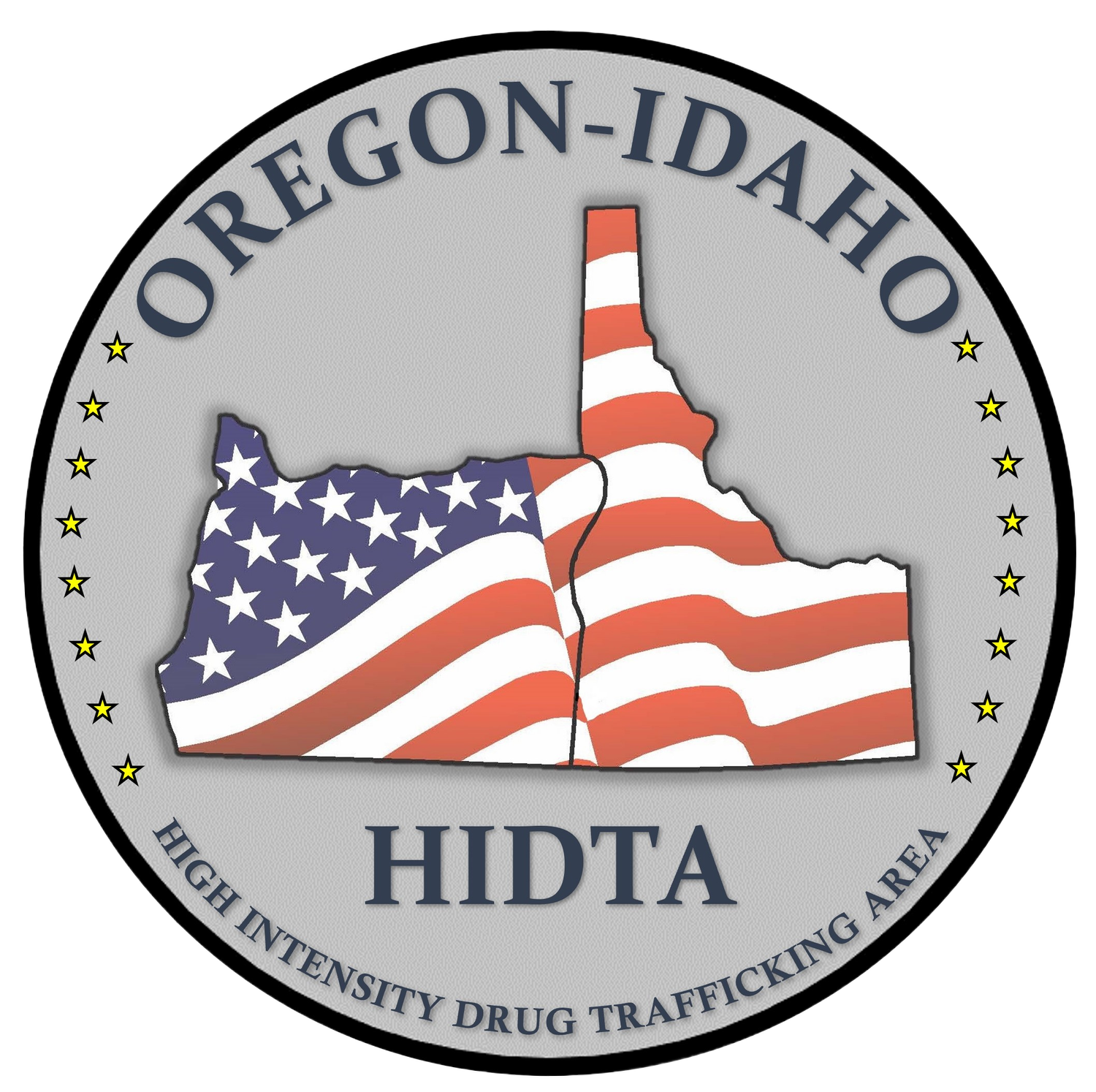Threat Assessment
The Oregon-Idaho HIDTA program publishes a threat assessment on June 15th each year. The threat assessment is an annual analysis of drug trafficking and related activities in Oregon and Idaho. The primary purpose is to provide a basis for the development of the Oregon-Idaho HIDTA program's counter-drug strategy by identifying and describing the organizations that engage in the manufacture, cultivation, importation, transportation, and/or distribution of illegal drugs or the diversion of prescription drugs in and through Oregon and Idaho.
A full-text report may be downloaded by clicking the button below.
2026 Threat Assessment Executive Summary
Communities in the designated counties of the Oregon and Idaho HIDTA continue to face challenges related to the impact of illicit drug use, much like those in other counties across the United States. The presence of illegally manufactured fentanyl in both powder and pill forms, along with high-purity methamphetamine, has resulted in a significant rise in the rates of both fatal and non-fatal overdose incidents as these drugs continue to spread throughout the region. The Oregon-Idaho HIDTA Information Sharing and Analytical Coordination Center (ISACC) confidently predicts that fentanyl and methamphetamine will remain the region’s most serious drug threats in 2026.
The following further highlights the drug threats impacting the Oregon-Idaho HIDTA region:
Fentanyl and methamphetamine remain the primary drug threats, affecting community livability and contributing to drug-related overdose deaths and criminal activity, including crimes against persons and property in the HIDTA region. In 2023, fentanyl was linked to 75.9% of overdose deaths in Oregon and 51% in Idaho. Methamphetamine was present in 63.5% of Oregon's overdose deaths and 38% of Idaho's. Together, these two substances accounted for 41.3% of overdose fatalities in both states.
Cocaine availability remains stable in the region, as indicated by the rise in both the number of cocaine seizure incidents and investigations into cocaine-related drug trafficking organizations (DTOs) conducted by HIDTA enforcement initiatives in Oregon and Idaho. The region continues to serve as a transit area for cocaine destined for Washington and Canada.
Law enforcement agencies reported a continued decrease in heroin seizure incidents in 2024, likely indicating reduced availability, as the demand for and availability of fentanyl grew among opioid-dependent users. While heroin remains present in the HIDTA region, it is often seized in smaller quantities alongside other illicit drugs in poly-drug seizures.
Oregon continues to be a source state for high-potency marijuana and extract products nationally. Despite state efforts to regulate the legalized marijuana market, black and gray market products produced in Oregon are still being seized across the country. This situation has a negative impact on communities outside of this HIDTA region and undermines legal markets in many other states. Chinese and Mexican national-led DTOs continue to impact illicit marijuana cultivation in Oregon. Environmental degradation and forced labor trafficking remain concerns for law enforcement and elected leaders throughout the state.
Illicit use and availability of diverted controlled prescription drugs (CPD) and designer drugs, such as dimethyltryptamine (DMT) and 3,4-methylenedioxymethamphetamine (MDMA), remain low in Oregon and Idaho and are not considered a significant threat based on law enforcement and public health reporting.
DTOs operating in Oregon and Idaho remain strong, with an average of 125 unique organizations investigated yearly. Multi-state DTOs continue to have the most significant impact, followed by locally operated and internationally connected DTOs. International DTOs are typically associated with transnational criminal organizations (TCOs) in Mexico and are responsible for supplying fentanyl, methamphetamine, heroin, and cocaine to other DTOs operating in the region. In recent years, TCOs linked to China have expanded their involvement in large-scale marijuana cultivation and domestic export from Oregon.
DTOs and money laundering organizations (MLOs) in the region utilize bulk cash smuggling as the primary method for transporting illicit proceeds from local areas to TCOs operating in drug-source countries. Traffickers in the region increasingly rely on money service businesses (MSBs) to facilitate the transfer of drug profits and payments for drug shipments from this area to source countries and those of familial origin. Cash-intensive businesses, such as retail stores, restaurants, and used car dealerships, are often employed as primary methods to integrate drug proceeds into legitimate funding streams.
Xylazine continues to be found infrequently in the region, often mixed in with the illicit fentanyl drug supply. It has been detected in drug evidence submissions of counterfeit pills and powder fentanyl tested at state or federal laboratories, as well as in toxicology results from overdose deaths, though at low percentages.
The continual presence of firearms among drug traffickers creates an increased risk to law enforcement officers during suspect encounters and potentially impacts local communities with the potential of increased shooting incidents. The HIDTA region experienced a 17% decrease in firearms seized from 2023 to 2024; however, over the past five years, HIDTA initiatives have seized an average of 982 firearms annually.
